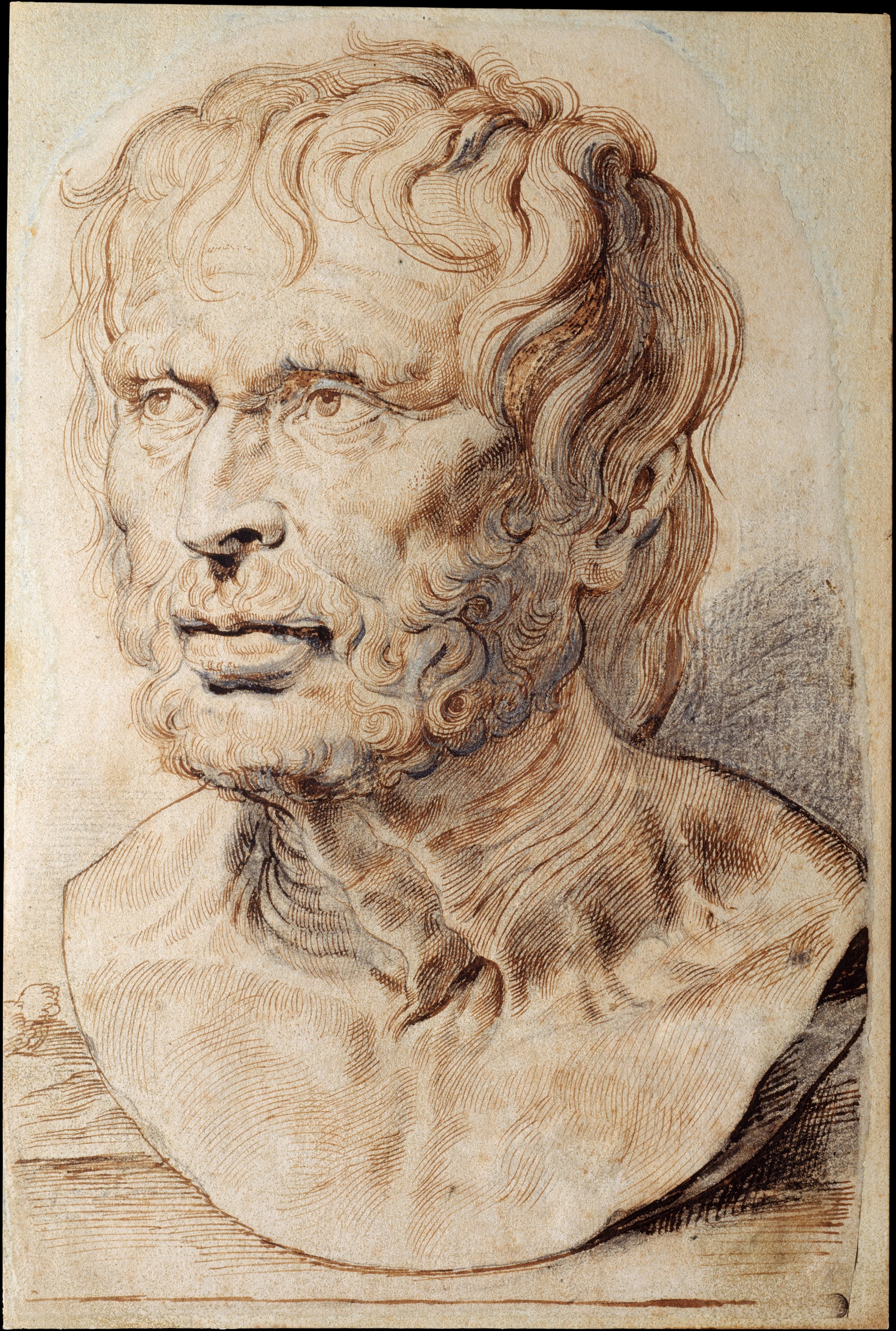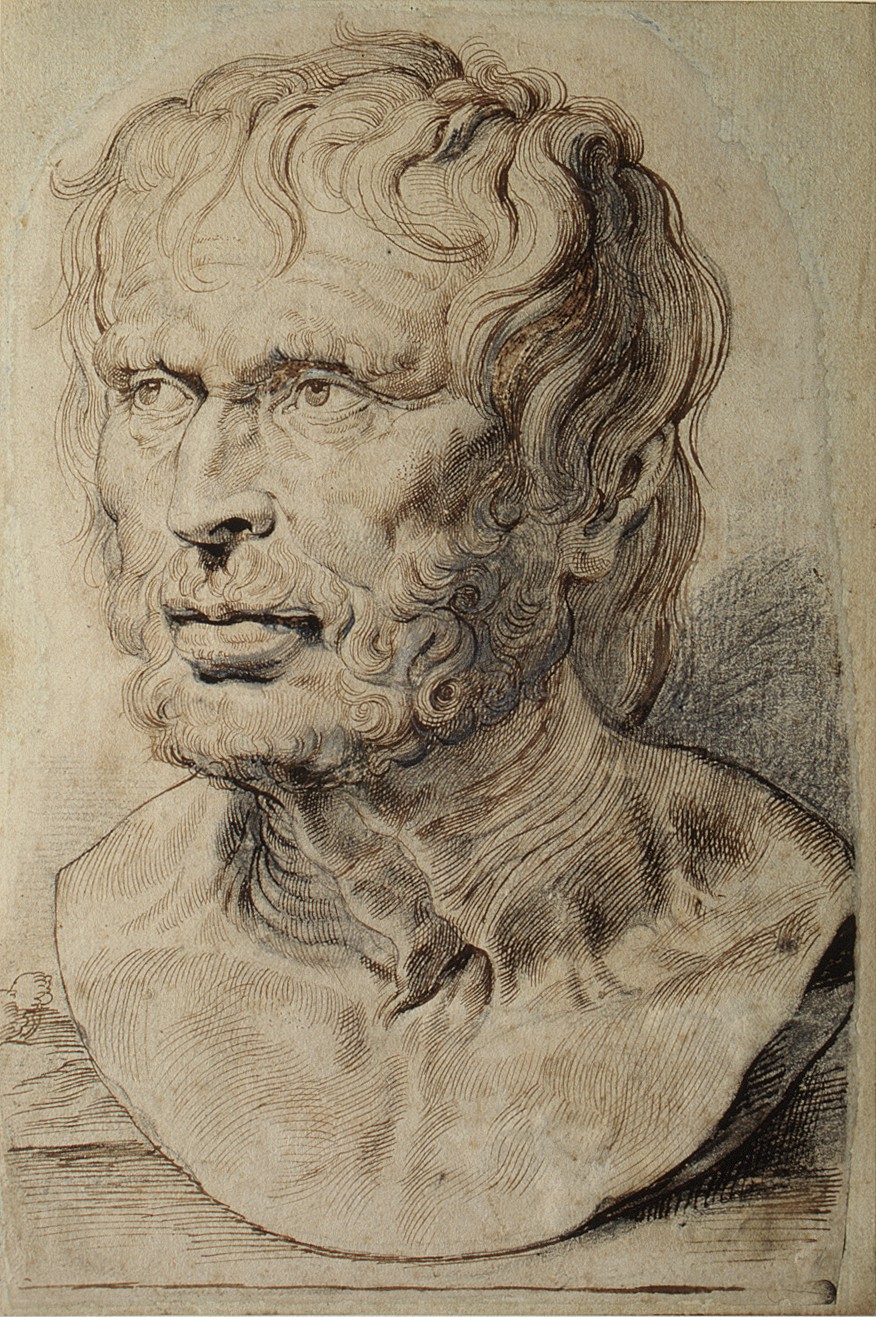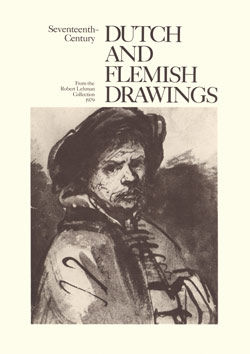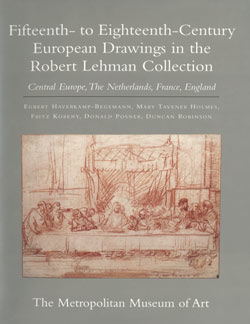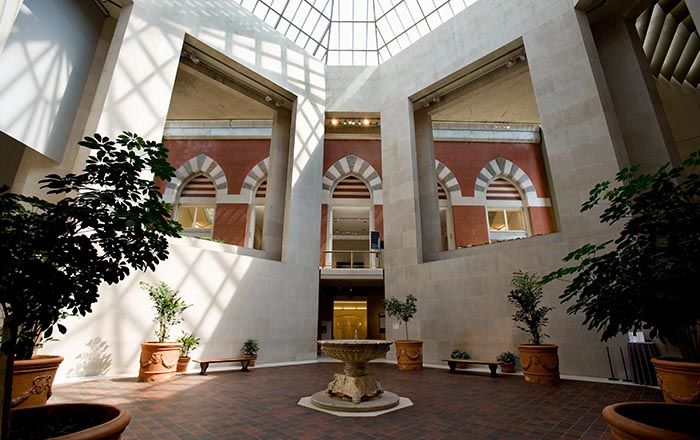Bust of Pseudo-Seneca
Peter Paul Rubens Flemish
Not on view
Rubens was deeply engaged with classical antiquity and the Italian Renaissance - subjects with which he acquired close familiarity during a stay in Italy from 1600 to 1608. The Flemish master produced numerous drawn copies after Renaissance and antique works. In his treatise, De Imitatione Statuarum (On the Imitation of Statues) Rubens argues for a profound knowledge and selective imitation of ancient sculpture. He also amassed an important collection of antique portrait busts. Among these is a celebrated Roman portrait then believed to represent the Stoic philosopher Seneca, which appears in a number of his paintings, prints, and drawings. This sheet, drawn after the Seneca bust, was preparatory for a series of engravings depicting portraits of twelve famous ancient Greeks and Romans, completed in 1638. It has been suggested that the black sketch is by Rubens’ hand, while the pen drawing was subsequently added by an assistant.
Due to rights restrictions, this image cannot be enlarged, viewed at full screen, or downloaded.
This artwork is meant to be viewed from right to left. Scroll left to view more.


